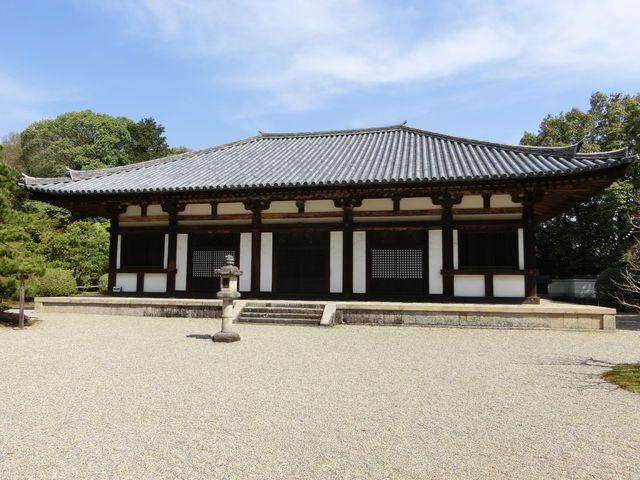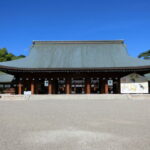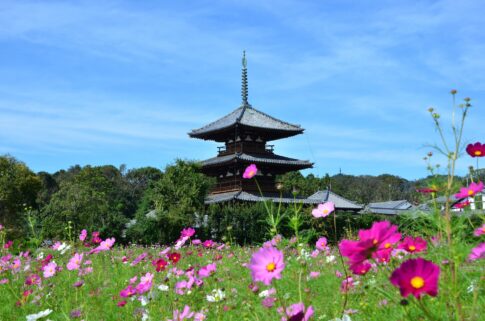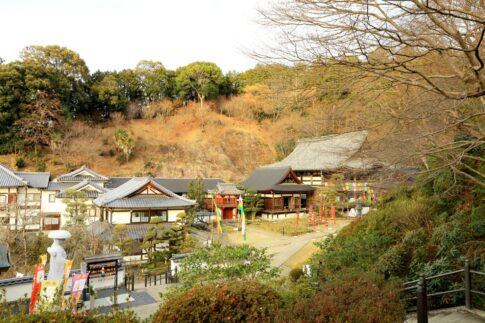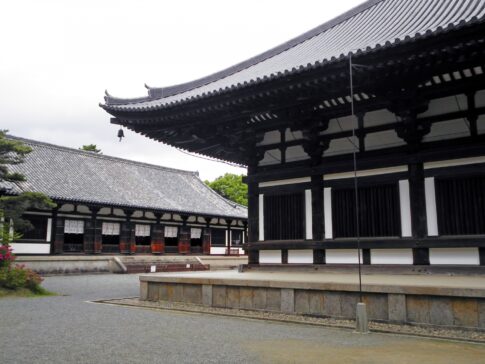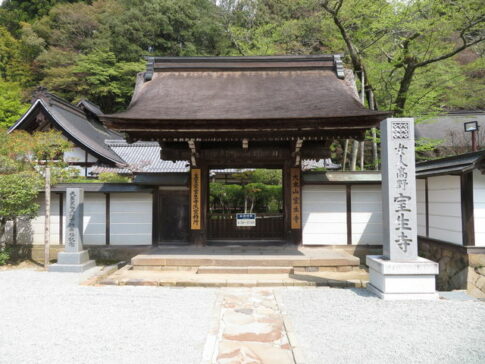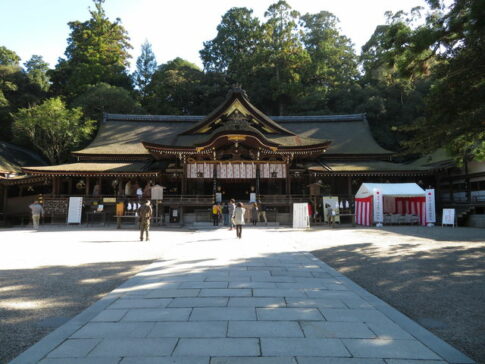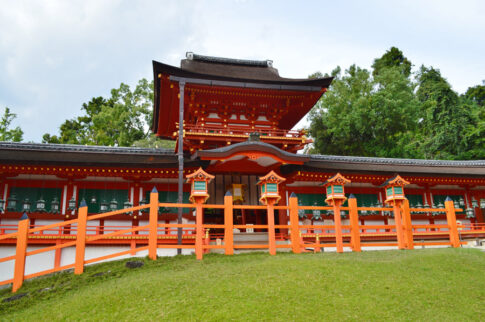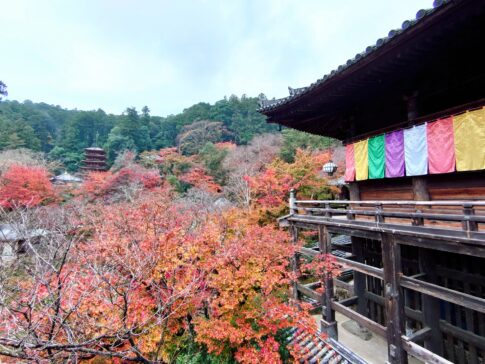Akishinodera Temple is temple that makes visitors happy.
When you go to Nara, it is worth visiting there!
What you need to know before visiting Akishinodera Temple
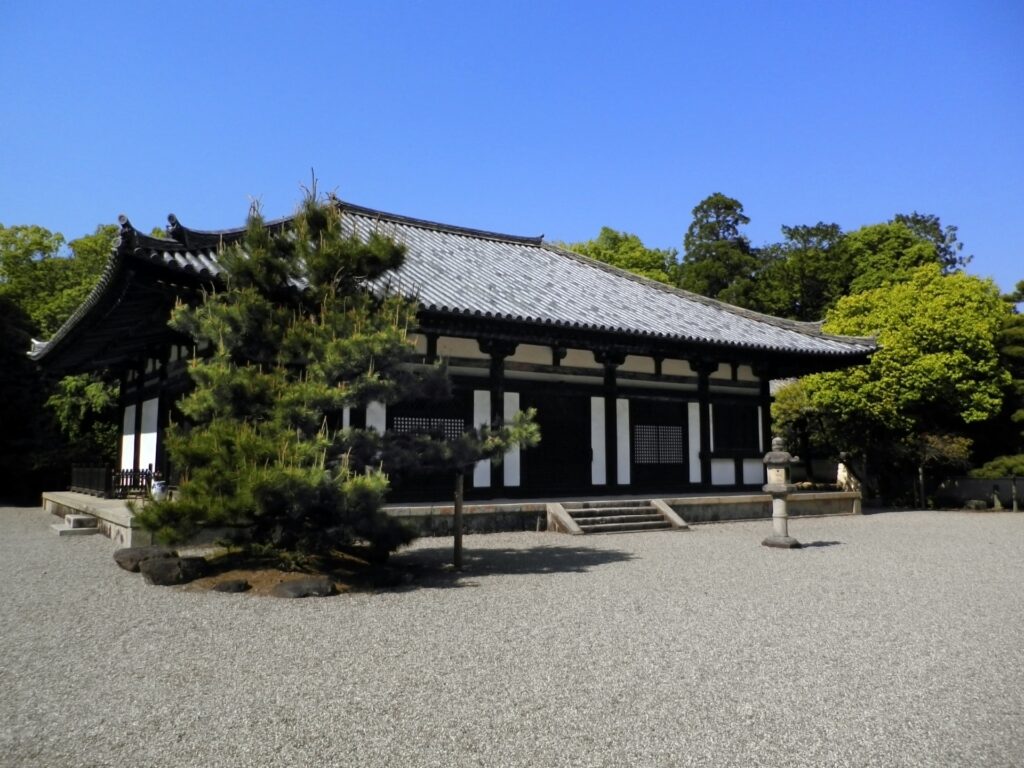
1. Basic Information
Akishinoji Temple is a quiet old temple surrounded by trees and beautiful moss.
The temple is a treasure trove of cultural assets, including the main hall, a national treasure, and the statue of Gigyoten, also known as the “Muse of the Orient.
On June 6, when Akishinoji Temple opens its doors to the public for the first time, many people visit the temple and wait in long lines of more than two hours outside the temple gate.
2. History of Akishinodera Temple
Akishinoji Temple was built around 780 in the late Nara Period (710-784) at the request of Emperor Mitsuhito, and is said to have been founded by priest Zenju.
It is said to have been founded by priest Zenju. It is so called because it was built in Akishino, a place on the northwestern outskirts of Heijo-kyo Capital.
In the late Heian period (794-1185), most of the temple buildings were destroyed by fire during a war, and in the Kamakura period (1192-1333), the present main hall was rebuilt on the site of the original lecture hall.
Among the 25 Buddhist statues enshrined in the main hall, the most prominent is the Gigiten (heavy artifact), which is adored by many artists and entertainers as a guardian deity of various skills and arts, and is widely appreciated by antique lovers for its graceful realism.
Akishinoji Temple was founded in 780 by Zenju, a Buddhist priest, at the behest of Emperor Konin.
The temple complex was built during the reign of Emperor Kammu, but most of it was lost in the late Heian period (794-1185), and only a few earthen platforms and foundation stones remain from those days.
The present main hall was rebuilt in the Kamakura period (1185-1333), and it is believed that the heads of some Buddhist statues, such as Gigyoten and Teishakuten, are from the time of its construction.
The temple is located northwest of downtown Nara, north of Saidaiji Temple. It is said to have been founded by Zenju, a priest of the Hoso sect in the Nara period (710-794), and is also said to be the clan temple of the Akishino clan, a powerful local family, but the exact date and circumstances of its founding are unknown.
It is said that Zenju founded the temple in 776 at the request of Emperor Mitsuhito, who had abolished the Empress Inoue and her son, Prince Torato, to death, but this is based on a document from the Kamakura period.
The first written reference to the temple is found in the Shoku Nihongi, which states that in 780 (11th year of the Hogame Era), Emperor Mitsuhito granted a grant of 100 households to Akishinoji Temple, indicating that the temple was built before this year (shokufu is a tax on the amount of money raised from households in a certain area to cover salaries, temple maintenance expenses, etc.).
When it was founded, it was a temple of the Hosso sect.
According to the Nihon Koki (Nihon Koki), the 57th anniversary of Emperor Kanmu’s death in 806 was held at Akishinoji Temple, indicating that the temple was closely associated with the imperial family.
In the late Heian period (794-1185), Akishinoji became a Shingon sect temple, and from the late Heian period (794-1185), its territory increased, and there were frequent disputes over the temple’s territory with Saidaiji located to the south, according to documents remaining on the Saidaiji side.
In 1135, a fire destroyed the main temple buildings except for the lecture hall. The present main hall (National Treasure) stands in the location of the former lecture hall, but it was rebuilt in the Kamakura period (1185-1333).
In 1595, Toyotomi Hideyoshi granted the temple 100 koku of land.
After the Meiji period (1868-1912), the sect of Buddhism was changed to the Jodo sect, but the temple is now a single-seated temple.
Outside the south gate, there is a former Shinto shrine, Hachisho Goryo Shrine, which enshrines eight pillars, including Prince Hayara.
3. Highlights of Akishinodera Temple
- Standing Statue of Gigeiten (Important Cultural Property)
Head: De-vitalized dry lacquer (Nara – Heian period) Body: Wooden (Kamakura period), Height 205.6cm
Although the materials and production dates of the head and body differ, the facial expression is believed to be the same as in the original work.
The body, which was supplemented in the Kamakura period (1185-1333), blends well with the head, and the supple body is reminiscent of a heavenly maiden. Because of its beauty, it is also called the “Muse of the Orient.
From the expression on the face, it is thought that the statue was originally part of a group surrounding a bodhisattva-like main image.
- Statue of Daigensui Myoo (Important Cultural Property)
Housed in wood, height 229.5 cm, production date: Kamakura period (1185-1333)
Daigensui Myoo is the principal deity of the Daigensho, the secret law of the state of tranquility and protection. This rare sculpture, with its six arms, stands over 2 meters high.
Its wrathful expression with its hair back, muscular physique, and snake coiled around its body are powerful.
This Buddha image is enshrined in Daimondo, not in the main hall.
- Main Hall (National Treasure), Kamakura Period
The present main hall used to be a lecture hall, but it was lost during the Heian period (794-1185) and rebuilt in the Kamakura period (1185-1333).
Although built in the Kamakura period, it has an appearance similar to halls built in the Nara and Heian periods (e.g., Shin-Yakushiji Temple).
The hall has an earthen floor, and the main statue of Yakushi Nyorai is in the center, flanked by statues of Nikko and Gekko Bosatsu, the Twelve Divine Generals on either side, Gigiten on the right, and Jizo Bosatsu on the left.
- Moss Temple
Known as the “moss temple” representing Nara Prefecture, the mountain path from the temple gate to the reception desk is lined with moss.
It is especially beautiful during the spring and summer seasons, when many people visit the temple to view the moss.
The precincts of the temple are covered with trees, which provides more shade and seems to be a suitable environment for moss to inhabit.
Summary
Akishinodera Temple has many attractive features.
When you travel Nara, please stop by this place!
